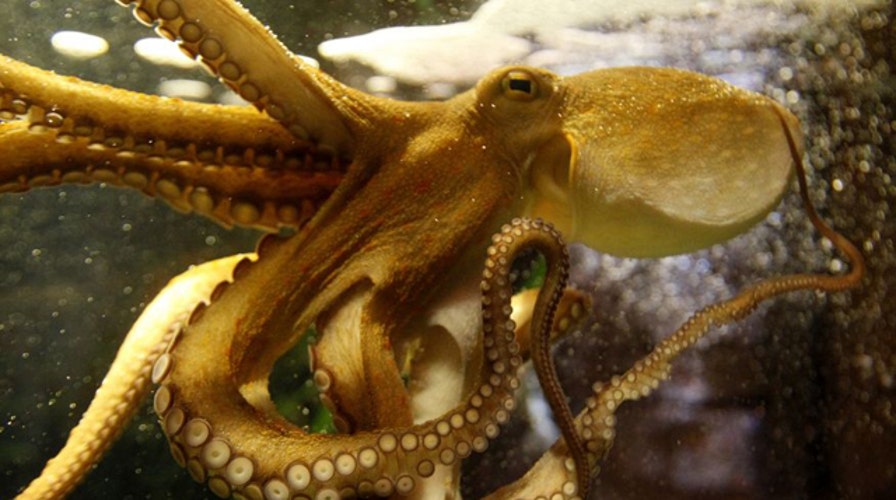War Games: Octopus camouflage for the military
Allison Barrie on the latest advancements in adaptive pattern recognition technology
When an octopus needs to stalk its prey or avoid a predator, it can instantaneously blend into its surrounding environment at will, hiding seamlessly among nearby rocks or coral. Now, researchers have found a way to copy the cephalopod’s ability to hide in plain sight with a device that paves the way for advanced camouflage technology that could find its way to everything from the defense industry to the average person's home.
In a paper published Aug. 18 by the Proceedings of the National Academy of Science, Cunjiang Yu, assistant professor of mechanical engineering at the University of Houston, describes a new device that reads and spontaneously mimics the black and white color patterns of its surroundings.
Along with his research team, Yu developed an optoelectronic camouflage system – it detects and controls surrounding light – that works in the same way as the skin of an octopus, or its cousin camouflaging mollusks like squid and cuttlefish.
“Nature has a lot of amazing capabilities that we could learn so much from,” Yu told FoxNews.com. “We realized there was so much we could learn by trying to copy what happens to a cephalopod on a cellular level. We wanted to integrate those natural principles and incorporate them into our artificial design.”
Working for over half a year on the Navy-funded project, Yu and his team created what he called “a flexible system that looks like a skin,” equipped with light sensors, heaters that control color switching, and semiconductor actuators that respond to temperature and light, much in the same way as an octopus’s skin. Like the pigment-containing chromatophore cells that cause an octopus’s immediate color shifts, this device responds immediately to its environment, unprompted by any human control. Still in its prototype phase, the device only shifts from black to white, but Yu said the end goal would be to develop technology that could respond to other colors.
Yu said this technology could have many practical applications. It could be used by the military for more advanced camouflage in a war zone, or even find its way to people’s homes – he mentioned that it could be incorporated into children’s toys or the sides of drivers’ cars.
Moving forward, Yu and his team hope to fine-tune the device’s initial design to replicate a cephalopod’s “more complex systems of mimicry and replication.”
So far, the responses to Yu’s design have been enthusiastic.
“People have shown excitement from various areas, from all over the scientific arena. There are so many ways this could be used. From military to biomedical research,” Yu said. “It will be interesting to see how it makes its way to the market moving forward.”

